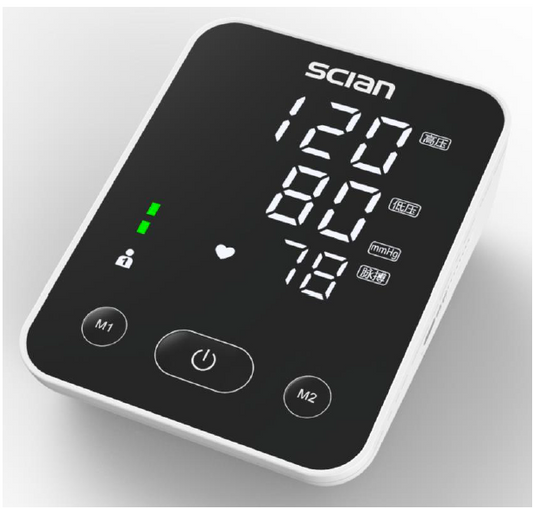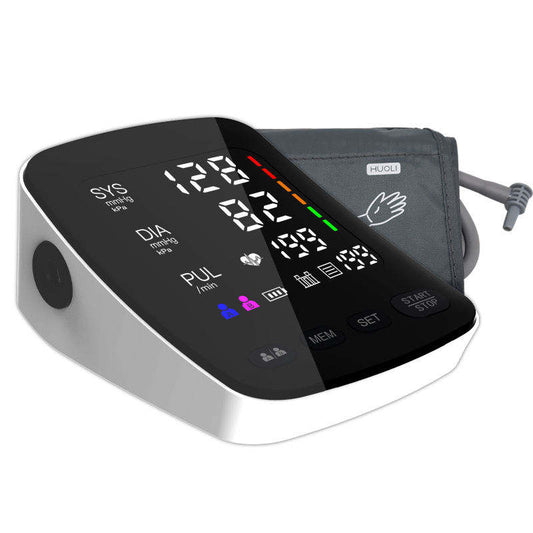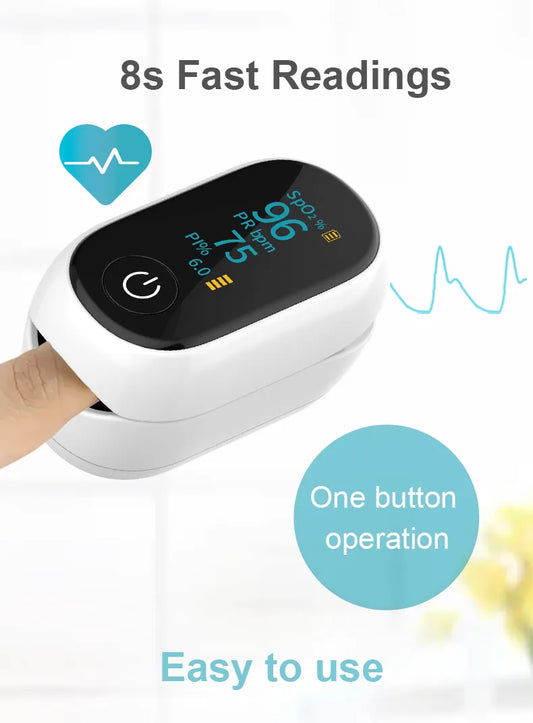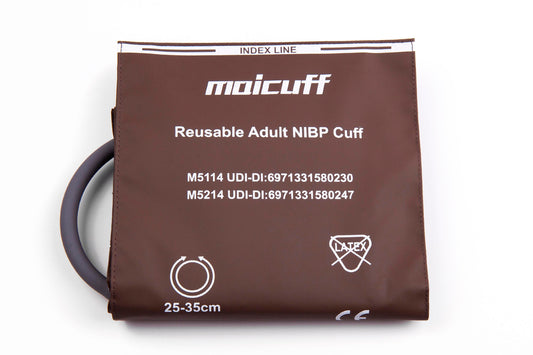LeoCare Wrist Blood Pressure Monitor
Welcome to our comprehensive support page for the Leocare Wrist Blood Pressure monitor, where you'll discover answers to frequently asked questions.
Frequently Asked Questions
Is the LeoCare Wrist Blood Pressure Monitor as accurate as arm cuff monitors?
While arm cuff monitors are generally considered the standard for clinical settings, the LeoCare Wrist Blood Pressure Monitor offers clinically accurate readings (±3mmHg for pressure, ±5% for pulse) when used correctly.
Is it easy to use the wrist monitor?
Yes, the LeoCare Wrist Blood Pressure Monitor features one-touch operation for simple and convenient blood pressure readings at home.
Does the wrist monitor have a memory function?
Yes, stores up to 90 readings.
Where should I wear the wrist monitor for accurate readings?
For optimal results, position the monitor on the bare skin, on the top of your wrist, in line with your middle finger. Refer to the user manual for detailed instructions and proper positioning.
Should I sit or stand when taking a reading?
It's recommended to be seated in a relaxed position with your arm supported at heart level for accurate blood pressure measurement.
How often should I take my blood pressure?
The frequency depends on your individual needs and healthcare professional's recommendations. However, the LeoCare Wrist Blood Pressure Monitor allows for convenient monitoring at home whenever needed.
What if I get a high blood pressure reading?
If you receive a consistently high blood pressure reading, consult a healthcare professional for further evaluation and diagnosis. This device is for home monitoring purposes and should not replace professional medical advice.
How do I clean and maintain the wrist monitor?
Refer to the user manual for proper cleaning instructions. Typically, you can use a soft, dry cloth. Avoid using harsh chemicals or submerging the device in water.
What type of batteries does the monitor use?
The specific battery type will be mentioned in the user manual (e.g., AAA batteries).
Do you require further help?
Our Top Products
-
 Sold out
Sold outLeoCare 528
Regular price £39.99 GBPRegular priceUnit price / per -
NIBP Cuffs Multi Patient – with Bladder
Regular price £0.00 GBPRegular priceUnit price / per -
 Sale
SaleLeoCare 82
Regular price £39.99 GBPRegular priceUnit price / per£60.00 GBPSale price £39.99 GBPSale -
 Sale
SaleLeoCare Oximeter
Regular price £14.99 GBPRegular priceUnit price / per£25.00 GBPSale price £14.99 GBPSale





